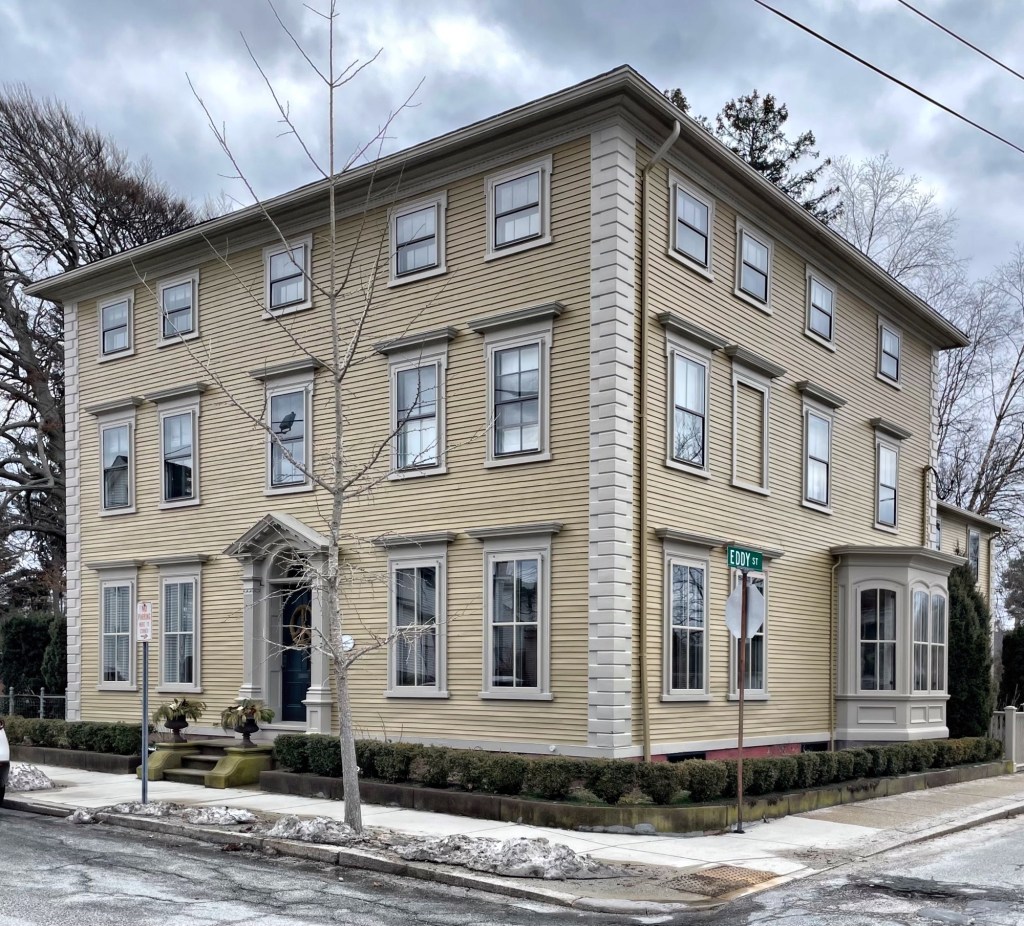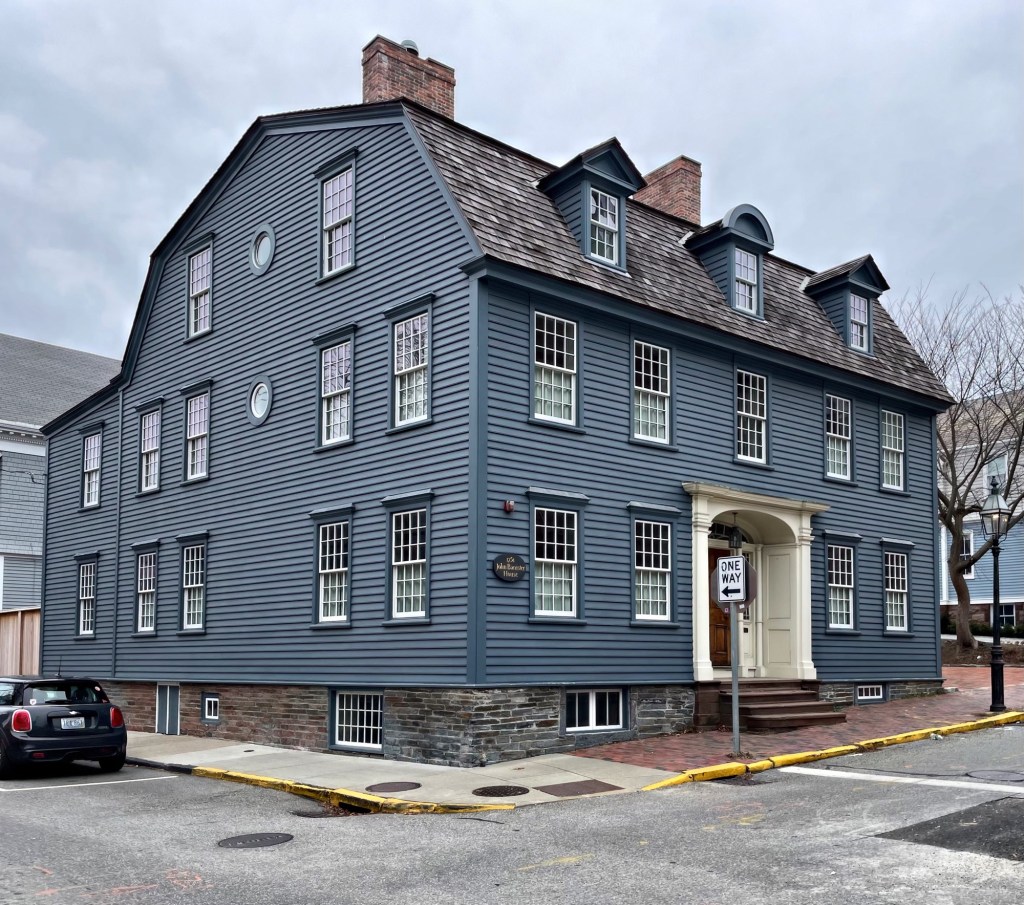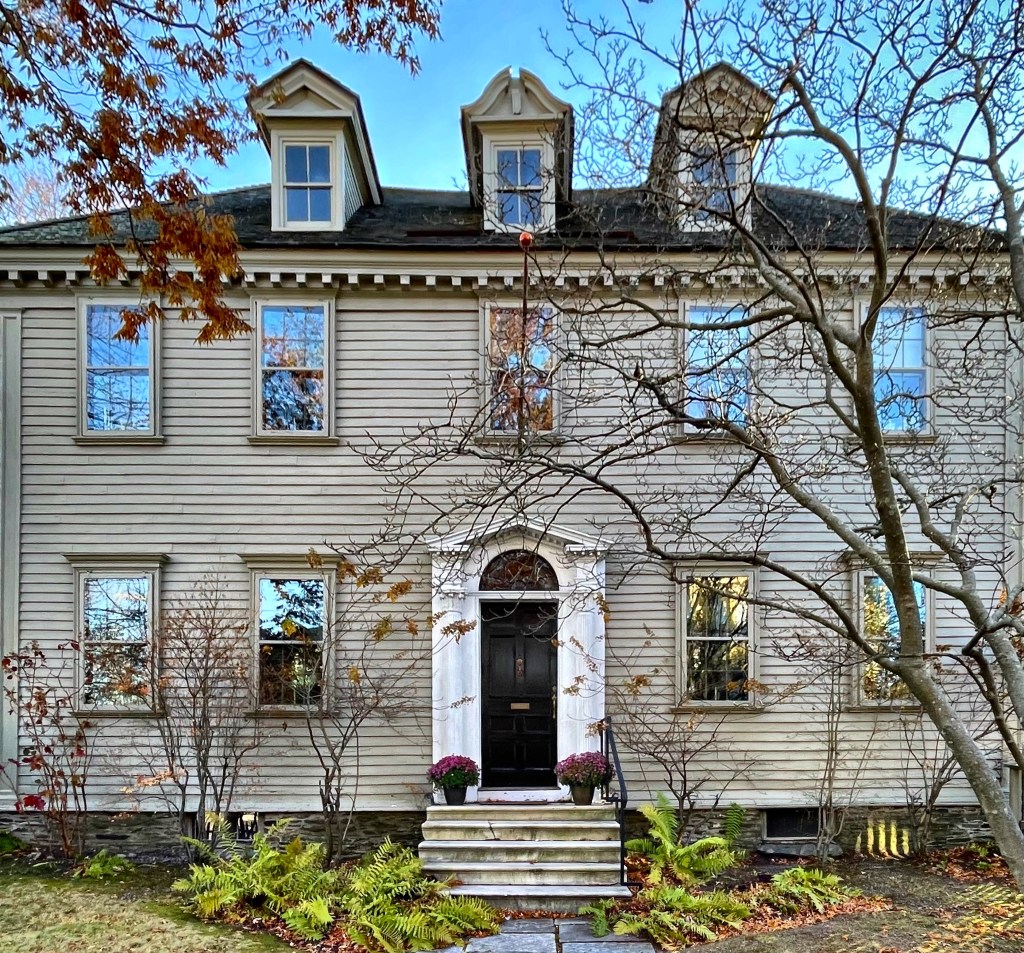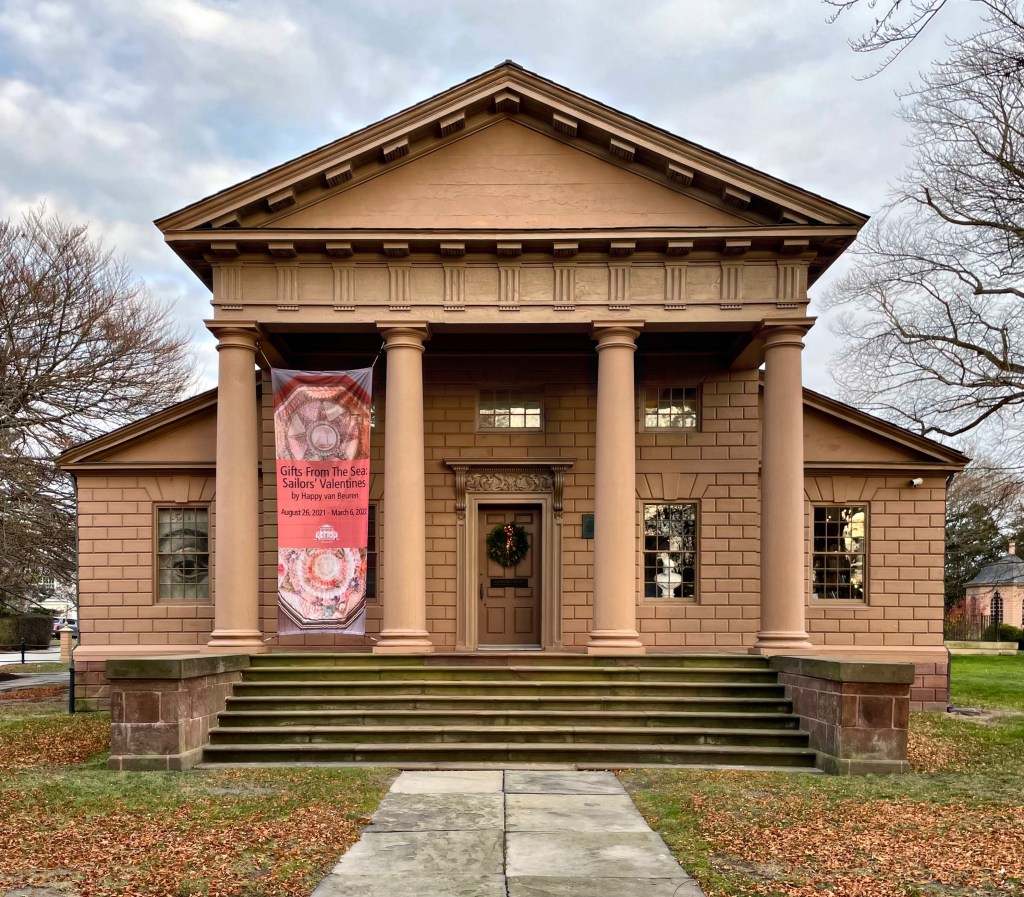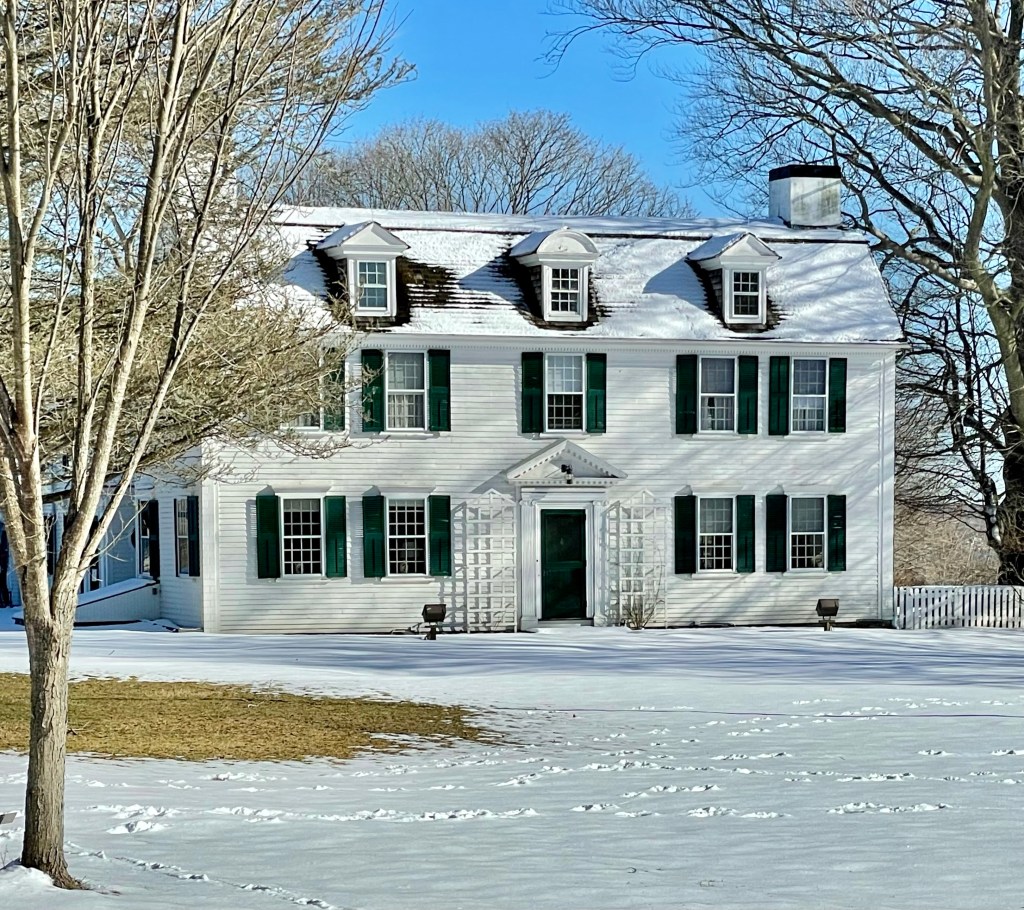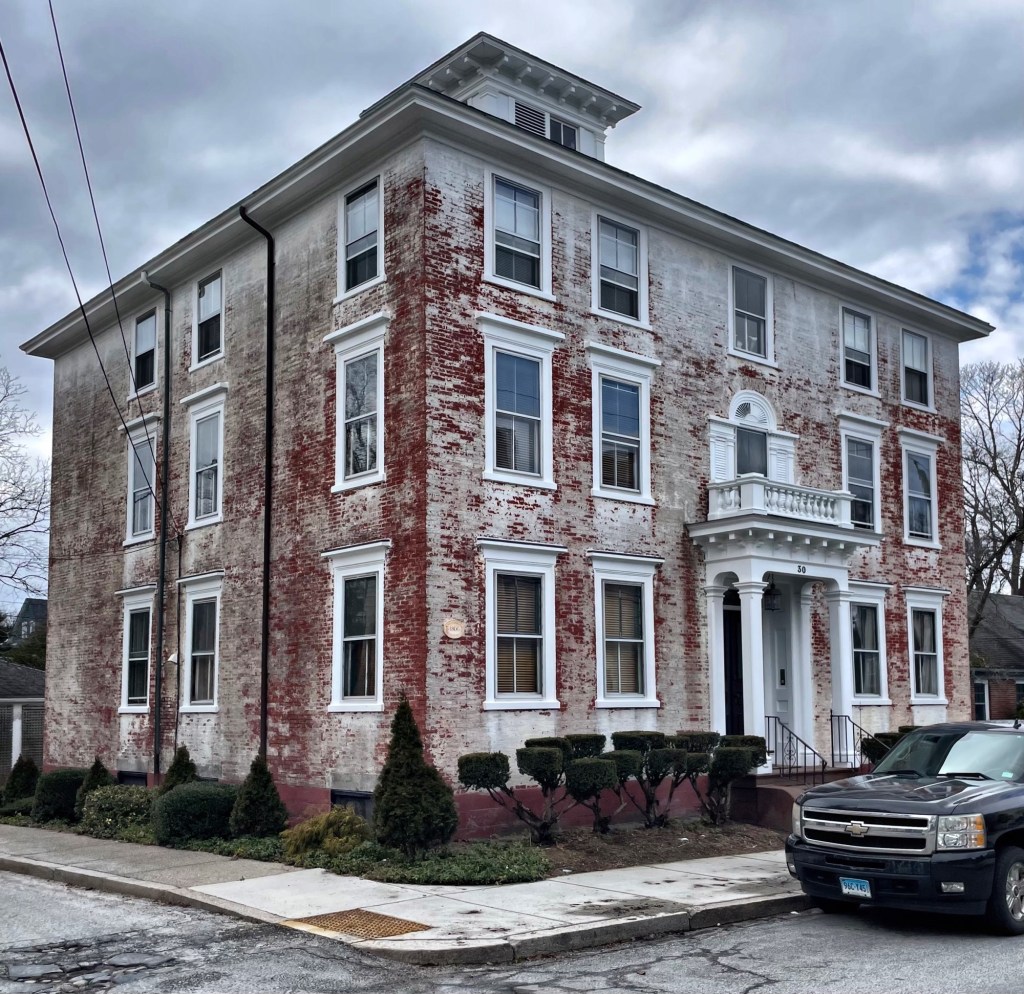
Located next door to the Rebecca Maxwell Phillips House on State Street in Warren, Rhode Island the Eddy-Cutler House stands as possibly the finest brick Federal style building in the waterfront town. In July 1806, Benjamin Eddy purchased this house lot and began construction on his new mansion. Born in Warren in August 1772, he married Abigail Kelly in 1794 and began a career as a sea captain. Like many of the town’s wealthiest residents, Benjamin Eddy was engaged in the slave trade. Captain Benjamin Eddy was captain of at least three slave voyages, delivering 139 captives to the Charleston docks in June 1806 alone. In 1808, just before the “Act Prohibiting the Importation of Slaves” he purchased and imprisoned 176 Africans – the largest number ever carried on a Warren slave ship. Nineteen died during the return voyage. When he reached Charleston, South Carolina the remaining 157 people were sold into slavery. At the time, the sale would have returned nearly $33,000. He would return home to this mansion on money profited from human suffering, a story as American as apple pie. In 1871, the Eddy Homestead was transferred to Charles R. Cutler, a ship master and whaler who had many successful voyages to the Indian Ocean.
